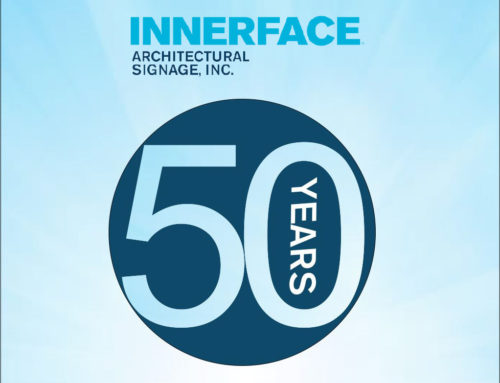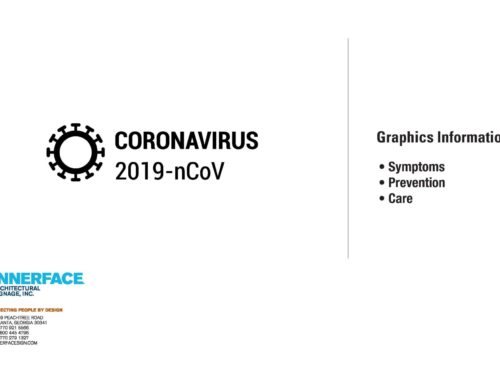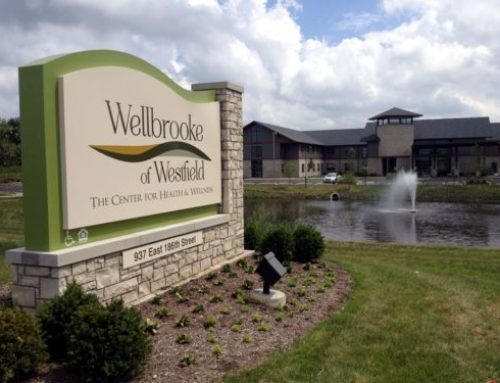As healthcare environments evolve and increase focus on the patient and visitor experience, technology can play a valuable role in effective healthcare wayfinding and communication. We are frequently asked by clients about the need and opportunity to create a mobile app to support patient and visitor wayfinding. While the idea sounds great on the surface, we find that wayfinding specific mobile apps have limited use and a potentially high cost for most acute care environments.
Who is your audience
When evaluating the potential audience for a wayfinding mobile app we look at how and why patients and visitors are most likely to visit your campus. A large number of patient and visitor visits are unplanned. Given the nature of an unplanned visit, it is unlikely that the patient or visitor is going to go through the steps to download and learn to use your mobile app:
- Know you have a mobile app available for download
- Go to the mobile app store, search for and then download
- Learn how to use the app before/during arrival and site visit
Most folks will default to traditional wayfinding methods when under stress, and in the interest of time either use traditional signage elements or go straight to the nearest information/volunteer desk for assistance. For those who have recurring appointments, they are likely to know the route to the repeat destination.

What is the cost?
The initial and ongoing costs of developing a wayfinding mobile app are significant. Not only do you have multiple software platforms (iOS, Android, etc) to contend with, but also there is the issue of constant software and content updates. Depending on the type and function of the app, you may also need to add hardware (beacons) to your building in order to accurately track wayfinding progress. The dollars spent in development, promotion and maintenance of the wayfinding mobile app can be used in other ways that offer more flexibility and greater impact on the patient and visitor experience.
What are the alternatives?
We have many clients that have started with a goal of implementing a wayfinding mobile app and then find through discussion and research that they are able to provide effective alternative tools through less costly and more widely available alternatives. The most common alternative to a wayfinding mobile app is a map or set of maps that can be used in a variety of ways (static signage, online, handouts, etc). These maps can provide general orientation information or specific point to point directions. Common uses include parking guides and simplified floor plan maps that are used by volunteers and staff. The cost for development of a map program is minimal as the core graphics needed and supporting terminology are created during our wayfinding and planning process.
Consistency if the Key to Success
Our experience in working with thousands of healthcare facilities of all sizes across the country tells us that the most important elements to effective wayfinding and identification relate directly to concise terminology and consistent application. As part of our master wayfinding plan development process, we review and make recommendations for all patient and visitor communication (email, online, verbal, maps, etc) and create the visual tools to support each activity. This includes training staff and volunteers on what terms to use when guiding patients and visitors.
Technology will play an expanding role related to patient and visitor wayfinding. We will continue to assess tools available and recommend to clients the solutions that we believe are most effective for their audience and environment. For an assessment of your wayfinding and identification program, get in touch.



